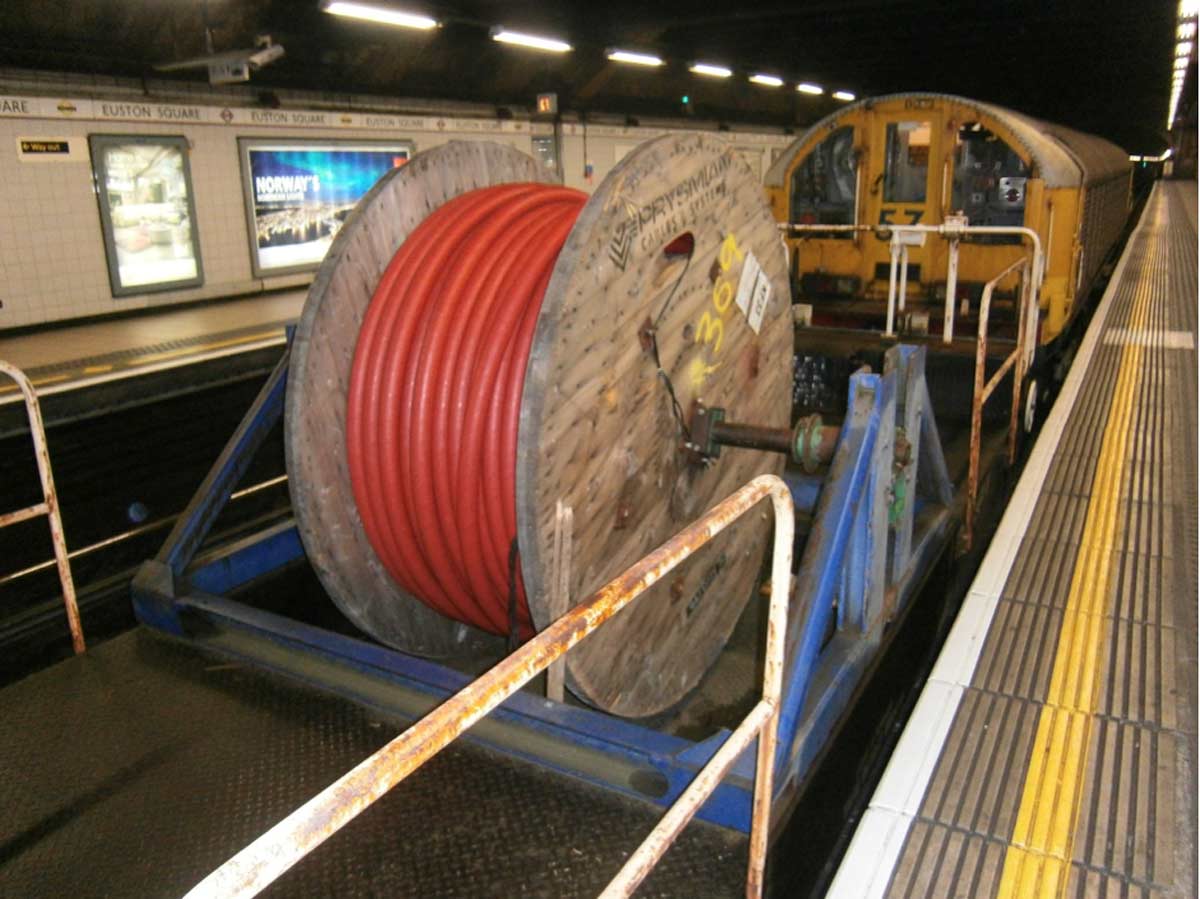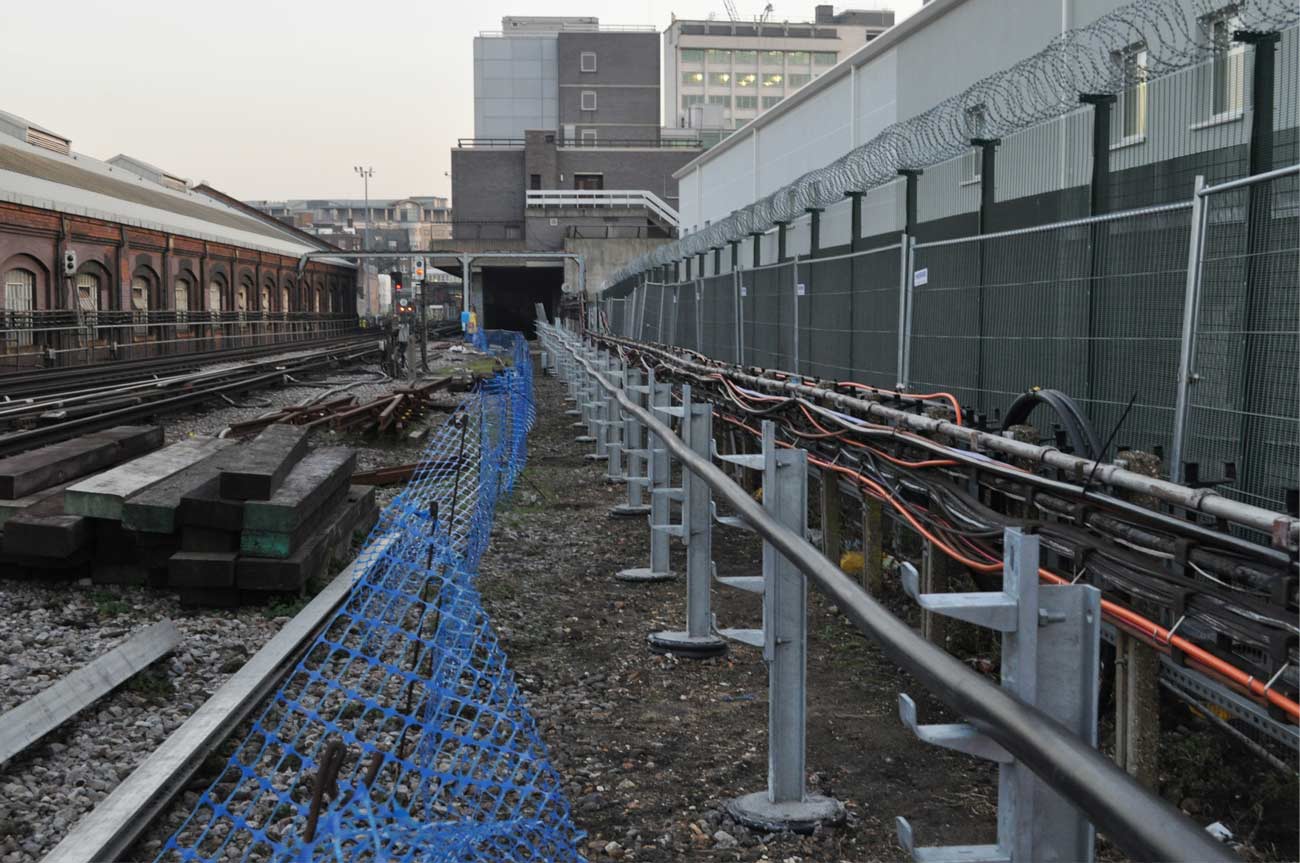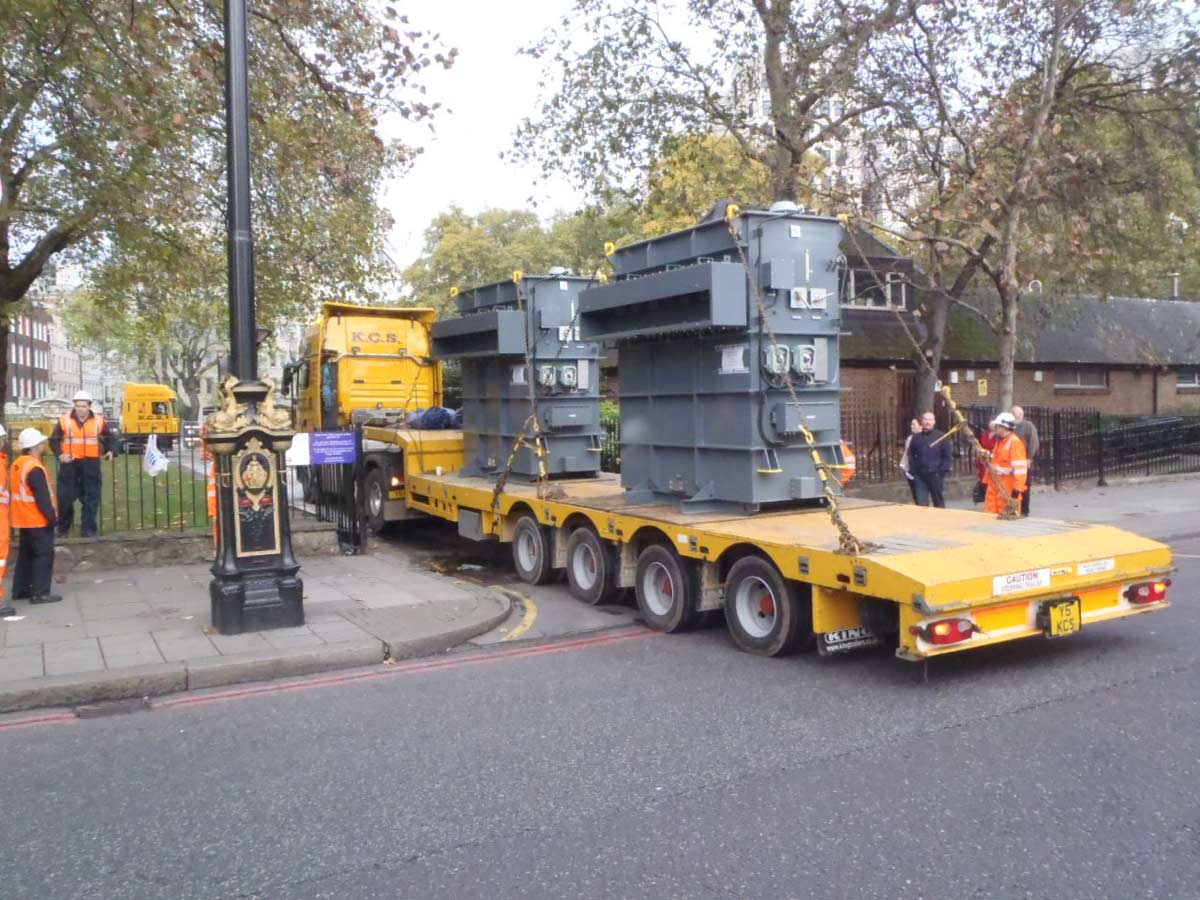As part of the SSR4 upgrade scheme to the London Underground ABB appointed Clear Route…

Telehouse 132 kV Connection
Summary of Project
The Client Telehouse Europe was expanding its existing colocation facility at the London Data Centre in Docklands and required a new on-site 50 MVA primary substation with cooling. This required two 132kV circuits connected to the local network providing N+N redundancy.
ABB were contracted by Telehouse Europe to equip the site with the GIS Switchgear, 132 / 11 KV transformers and the connections to the existing UK Power Networks local network, this was to be carried out through a Competition in Connections route in order to achieve cost efficiencies and also an improved programme.
During the early stages of design ABB / Telehouse experienced difficulty with confirming a viable route to connect the new 132 KV Substation. A previous feasibility study had been carried out however their conclusion was that no route was possible.
Scope of Works
Principle Contractor (Under CDM 2007) on the Telehouse 132kV Cable Installation which also included the installation and testing of associated Fibre Optic Cables.
- Feasibility to establish new 132 kV dual circuits route
- Design of cable group arrangement including installation
- All civil groundwork’s
- Procurement of 132 kV Cable & Joints and Terminations
- Procurement of Fibre Optic, Pilots for Feeder Protection
- Design, Fabrication and Installation of Steelwork in basement and gallery areas
- AC Testing (In accordance with UKPN HV Testing Policy & Procedures).
- Competition in Connections (CIC)
- Production of Primavera P6 Resource Loaded Programme by “In-House” P6 Planner
Engineering Difficulties
The distance between the proposed point of connection and the new substation was approximately 900 metres, however the area was very heavily congested with the following:
- Medium and High Pressure Gas Pipes
- Major Multi Way Telecommunications Duct Blocks connected to the other Colocation Facilities.
- Major EHV cable routes belonging to UKPN
- Location of the Limehouse Link Tunnel – shallow cover making cable route establishment difficult
Through previous projects carried out for ABB, Clear Route Limited were approached by ABB to carry out a detailed feasibility which would independently confirm whether or not there could be 2 separate routes identified in spite of the apparent results from the first investigation.
Feasibility Study
Clear Route Limited provided an outline priced proposal for a feasibility study for discrete route options which would comply with the Host DNO G81 Design standards.
The feasibility was carried out and covered the following:
- Collection of Statutory Undertakers Records
- Geo-Physical & Topographical Survey
- 3D Mapping
- Trial Holes (5 in Total)
- Liaison with Identified stakeholders
- Outline of Provisional Construction Programme
The period for the Feasibility was 10 weeks with regular feedback to the ABB project Team.
Upon completion of the Feasibility study there were 3 possible options that would allow the cables to be installed. Agreement was confirmed with the Local Authority and two of the three routes were selected as the preferred choice.
As a result of determining a possible route, Clear Route Limited were invited to bid for the works and were subsequently awarded the project to establish the route and install the 132 KV cables including the Interconnector between the 132 KV GIS Switchgear.
Interface Issues
One are of challenge was the engagement of the Host DNO to assist with the approval of design and later on documents relating to the AC Testing of the new 132 KV cable system.
CRL where possible represented the Client to UK Power Networks in order to expedite matters to achieve the programme targets.
Length of Cable Installed
1.8 km (across 2 diverse routes)
Type of Cable Installed
132 kV 1600mm2 Al Single Core
Earthing system Single Point Bonded
Project Duration
The duration of the route proving was 10 weeks. The need to collect all Statutory Records and also apply for Section 50 Licences to carry out the Trial Holes meant that the 10 weeks was the absolute minimum period the result could be delivered in.
On completion of the exercise a comprehensive set of data was presented to ABB which would allow them to approach the market on a competitive tendered basis.
This was then followed by a 20 week construction period
Due to outage constraints the final energisation could not be permitted until the following Spring. CRL were requested to provide a service to manage the AC testing of the Cables and also the commissioning programme leading to energisation.
Type of Contract Used
NEC Option C



